Prism is a web-interface tool that was produced as part of the University of Virginia’s Scholar Lab graduate intern program. It allows for collaborative reading using highlighters to show which parts of a text have a particular significance for a combined group of readers.
The initial inspiration for the project came not from the digital world, but from an analog in-class assignment used to study short literary texts. Students were asked to place a sheet of transparency paper over the text, then use different colored markers to underline passages. Each color was meant to signify a different element the class was asked to look for. The transparencies were then stacked together and displayed, so students could see how others had approached the same text.
The Prism web site takes the activity and improves upon it using digital visualizations. A text is uploaded and users can choose from up to three different colors to highlight the text. One example on the site is the lyrics from a Taylor Swift song, and users are asked to underline each passage they find to be feminist and each they find to be conformist.
Once users have given their input, they are able to visual the text in two ways. Color-coded text shows the predominant color used by the group of users. Clicking on an individual word reveals the exact percentage breakdown between each color. And a font-size visualization quickly reveals how many users underlined a particular text in relation to others within a single highlighter color.
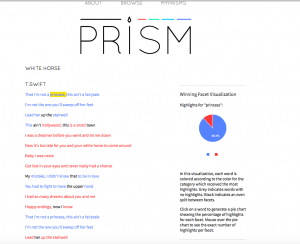
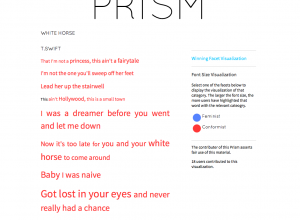
The actual meaning of each color code is defined by the person who uploads the text. A user can upload a text publicly or privately, meaning that only those to whom a link is sent can access the text. This makes the tool very useful for a classroom setting, where the editing is limited to students in the class.
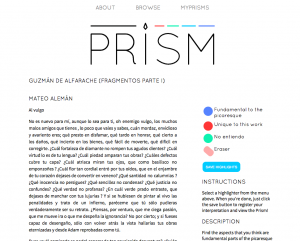
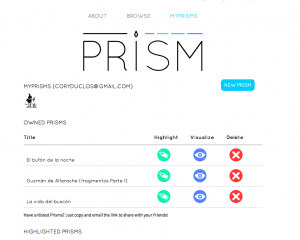
This tool would be great for a poetry class, allowing students to contribute to the text they are reading before coming to class, alerting the teacher about what passages may have been missed, and what others seemed particularly important to the students. The visualizations can be the impetus for class discussion, and guide the instructor on which points were obvious, which were missed, and what unique insights the class may have.
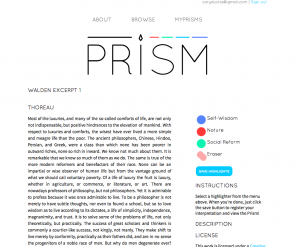
This tool is also perfect for peer review for two reasons. First, both the student work and annotations can be done anonymously, eliminating at least some of the potential reticence to share work or criticism with a peer. Students can view an aggregate of responses quickly, without having to compare notes from multiple readers (meaning that an instructor can also provide feedback without the student mindlessly making a change without considering why it should be changed). Second, comments are very structured and limited to the color-code scheme, meaning reviewers have a more clear mandate about what they should look for. For example, the person uploading the text may be more concerned about a particular grammar point that content, and could ask that peers find those errors.
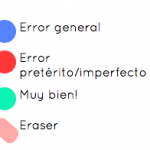
Here peer-reviewers are ask to mark any general errors, specific errors about past-tense conjugations, and to say what they thought was good about the text.
You can access Prism here.. It is compatible with Chrome, Safari, and Firefox. You must register a free account to use, but you can browse public texts without an account. The site offers multilingual support.















